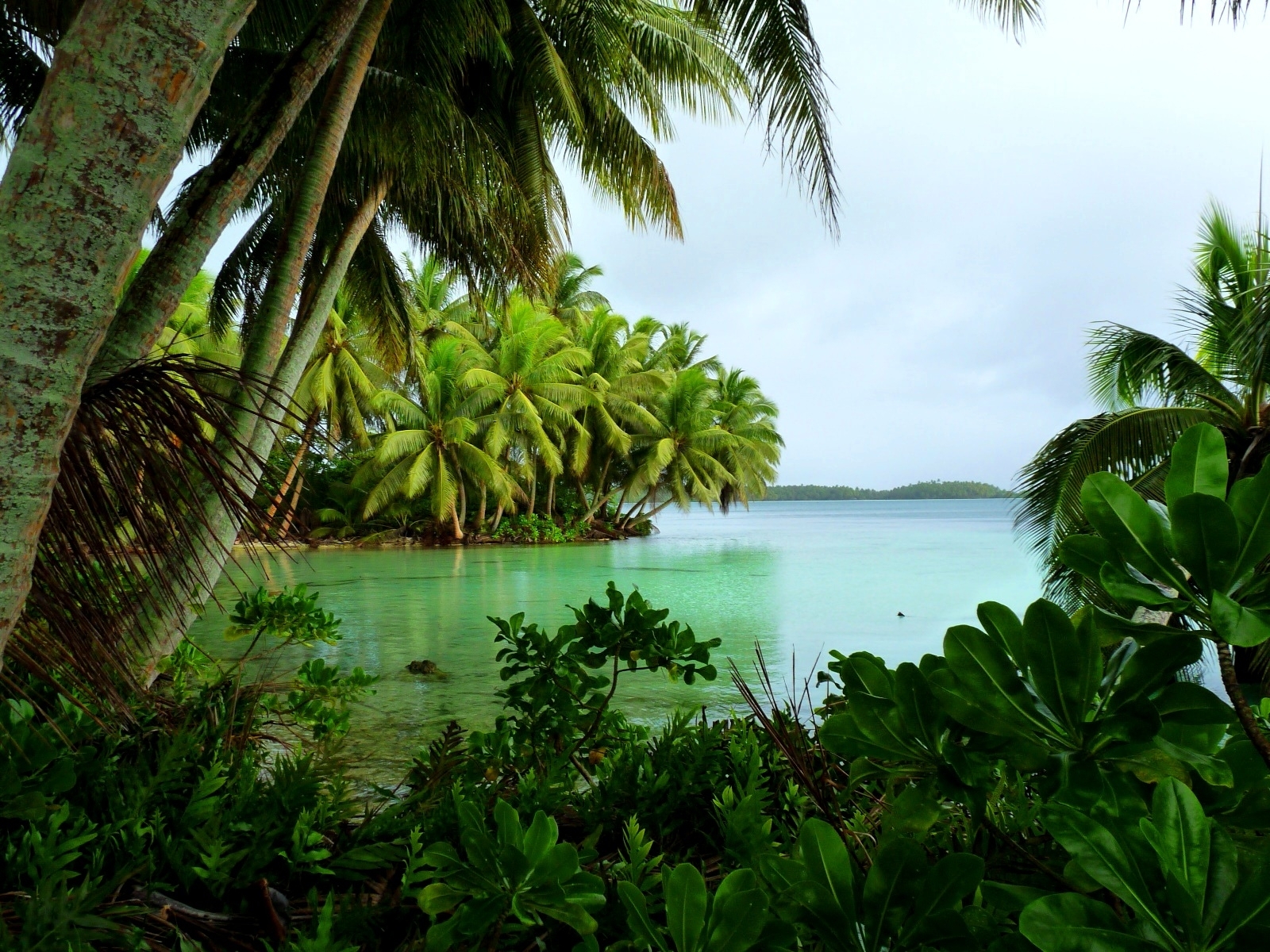In June 2011, Island Conservation eradicated rats on Palmyra atoll, which is located about 1,000 miles south of Hawai`i and is co-owned by the U.S. Fish and Wildlife Service and The Nature Conservancy. The company aerially broadcast the anticoagulant rodenticide brodifacoum at rates much higher than is expected to be used for the Lehua rat eradication project. It also distributed additional bait by hand.
In addition to successfully ridding the 618-acre atoll of rats, the project incidentally killed fish and birds. Brodifacoum residues were also found in soil and in crabs, cockroaches, and lizards, among other animals.
A 2015 Biological Conservation article by staff with the U.S. Department of Agriculture and Island Conservation scientists on the non-target species mortalities resulting from the Palmyra operation states that the maximum number of birds that could have died during the operation is estimated at 68 bristle-thighed curlews, 28 Pacific golden plovers, 10 wandering tattlers, and 8 ruddy turnstones.
“These estimated bird losses are well below the numbers permitted to be taken” in the permit issued by the Fish and Wildlife Service under the Migratory Bird Treaty Act, it stated.
“Brodifacoum residues were found in 12 birds found dead following the rat eradication on Palmyra Atoll and was likely the cause of mortality. One year following the rat eradication on Rat Island, ~350 gull carcasses from two species had detectable levels of brodifacoum … indicating primary or secondary exposure,” it continued. “There is reason to be concerned that Palmyra may have suffered higher mortality than we documented in our short-term assessment because residues persisted and all carcasses were almost certainly not discovered.”
Despite the fatalities and the rodenticide’s lingering residual effects, Island Conservation’s Heath Packard says the Palmyra project overall has been “wildly successful.” The seabirds are healthier, native trees long suppressed by rats have sprouted anew and now tower over people, new land crab species have been recorded, and even marine life seem to prefer the new forest habitat, he says. Sooty and white terns, black and brown noddies, white-tailed tropicbirds, dragonflies, and crickets have also reportedly seen dramatic population increases.
— Teresa Dawson


Leave a Reply